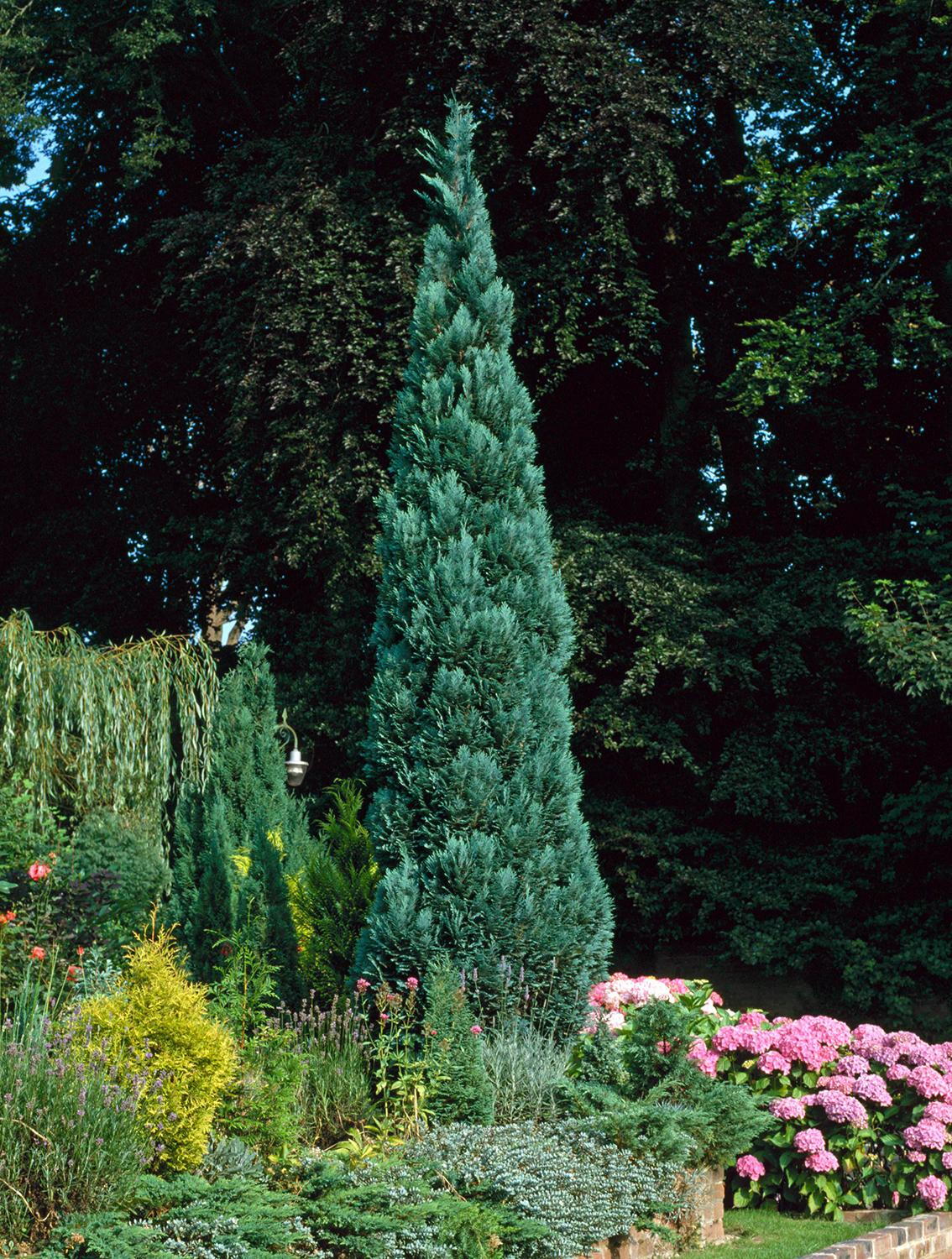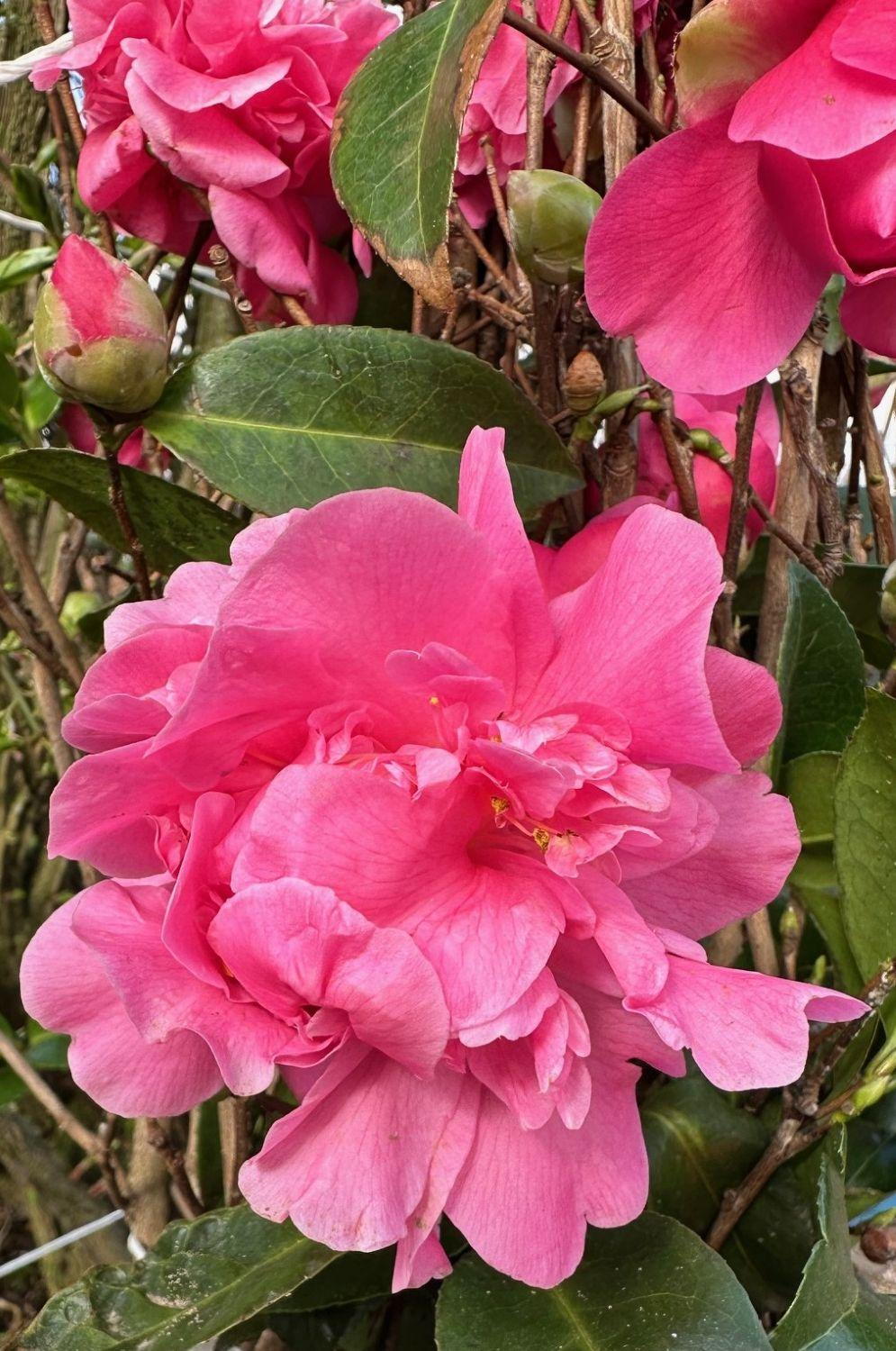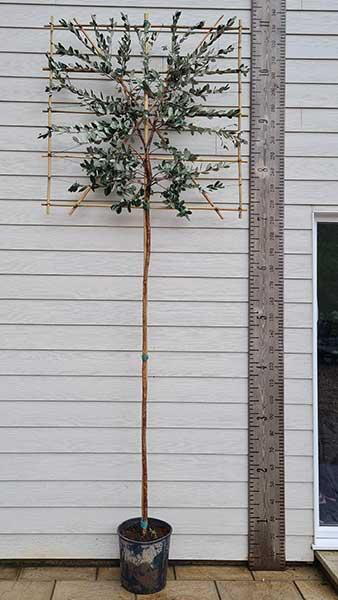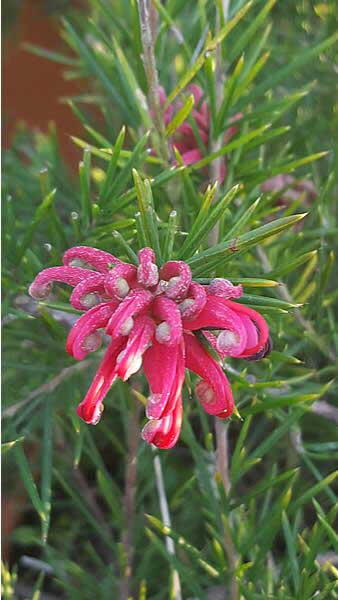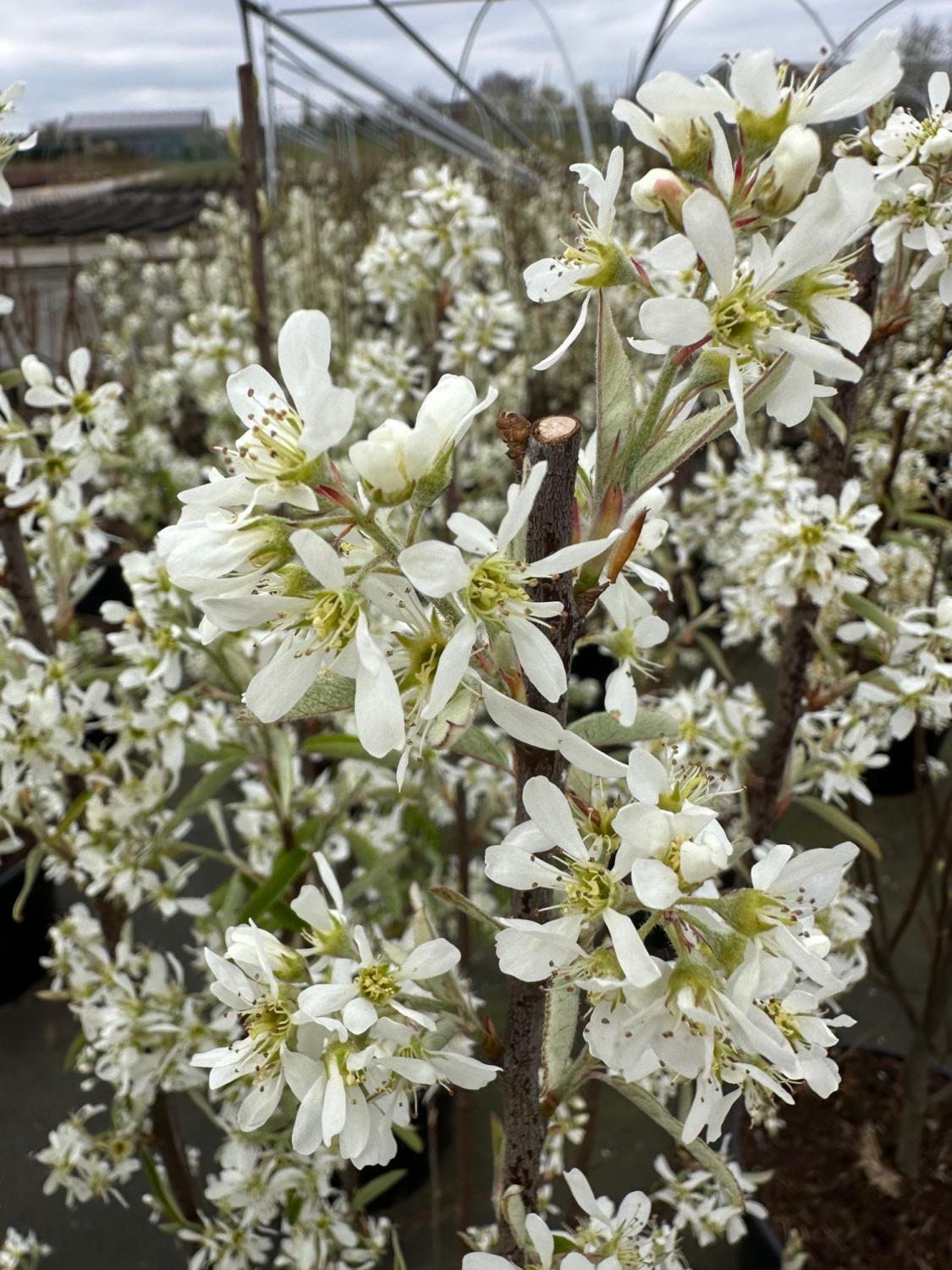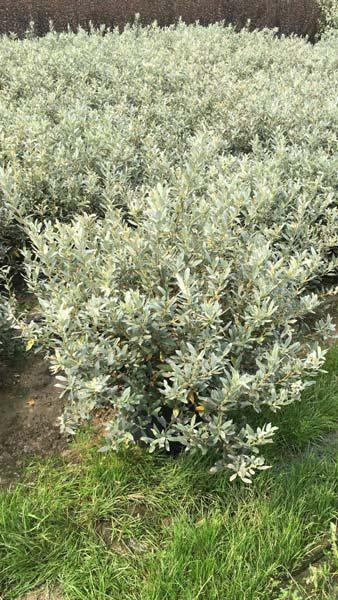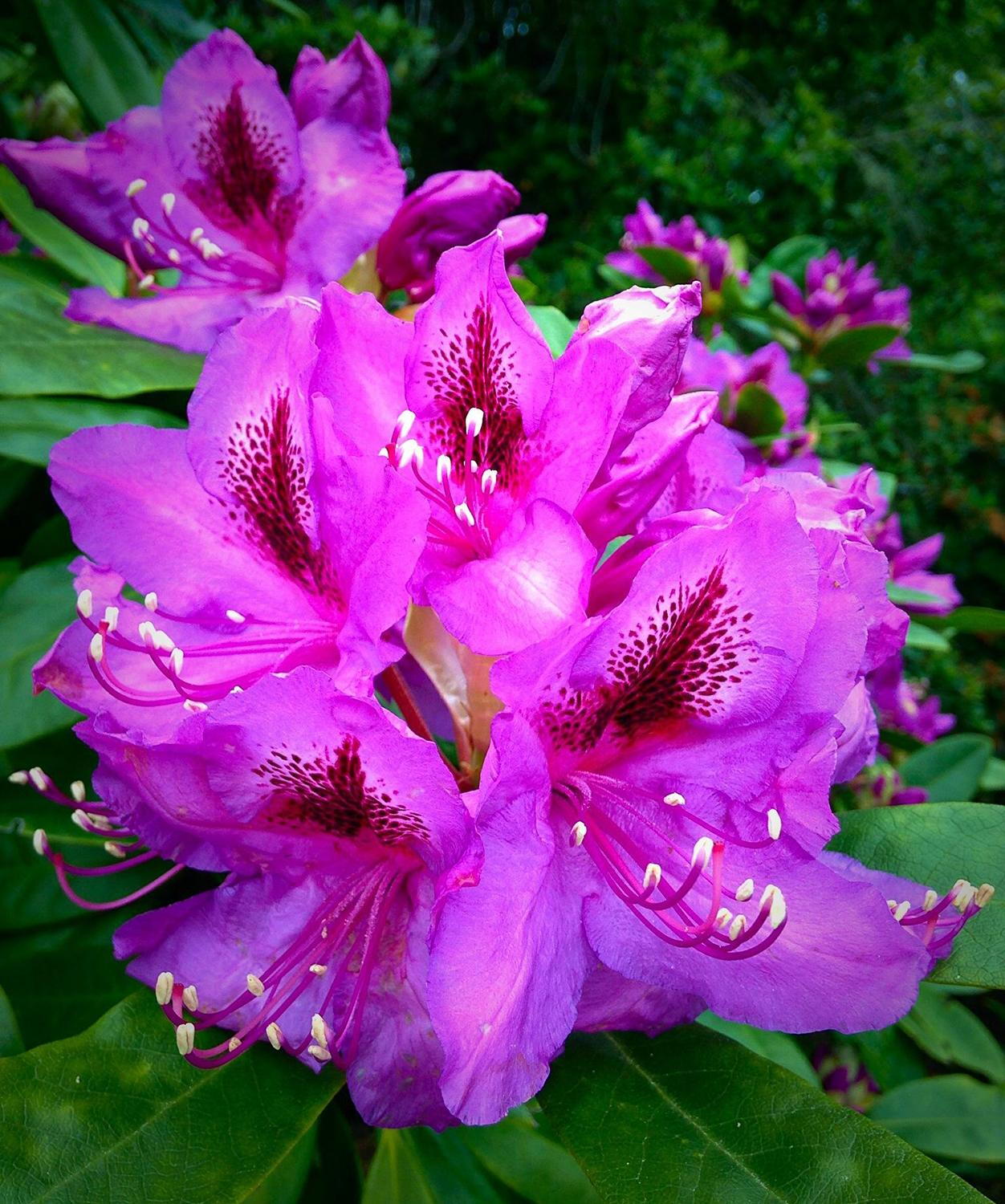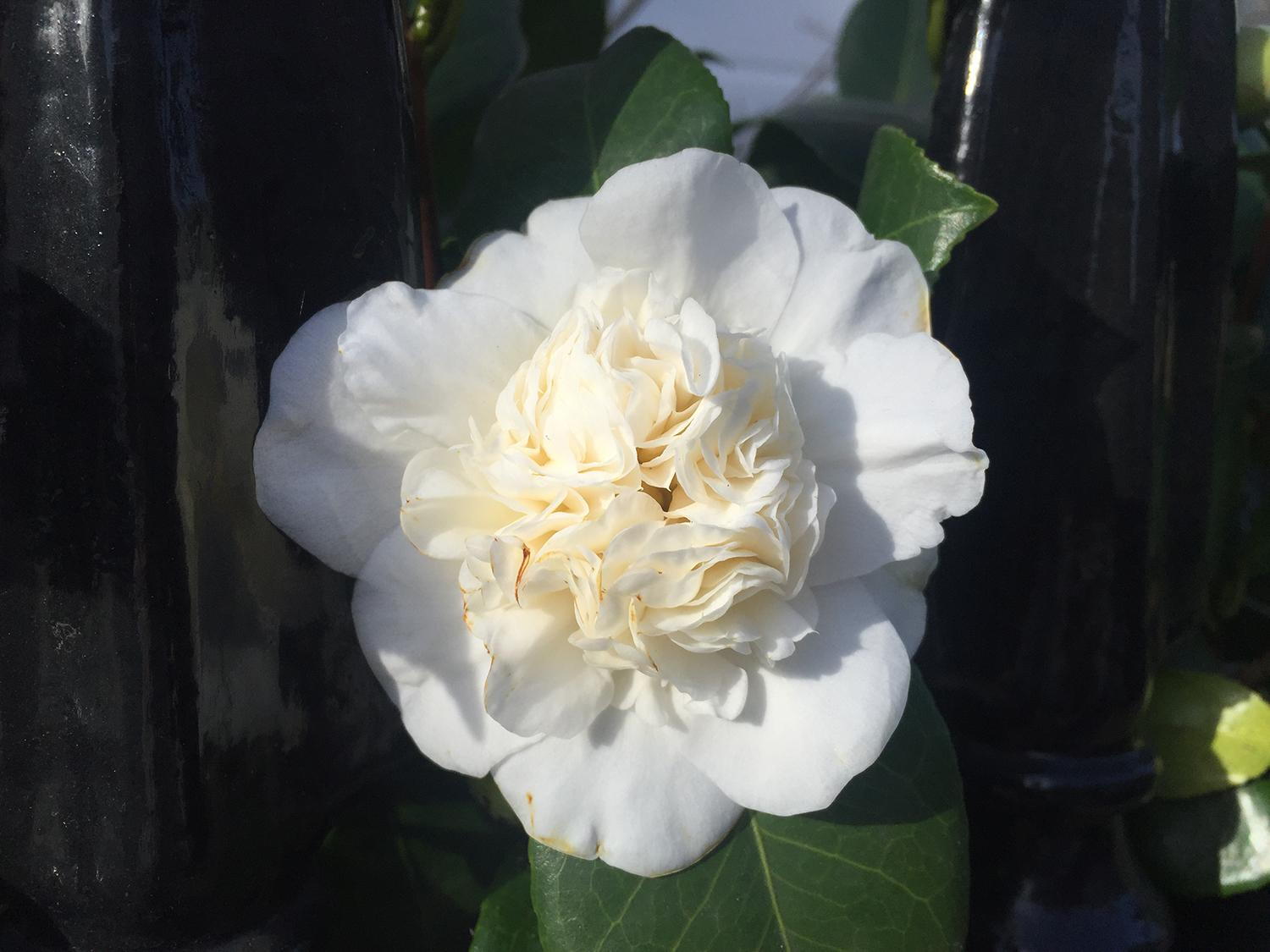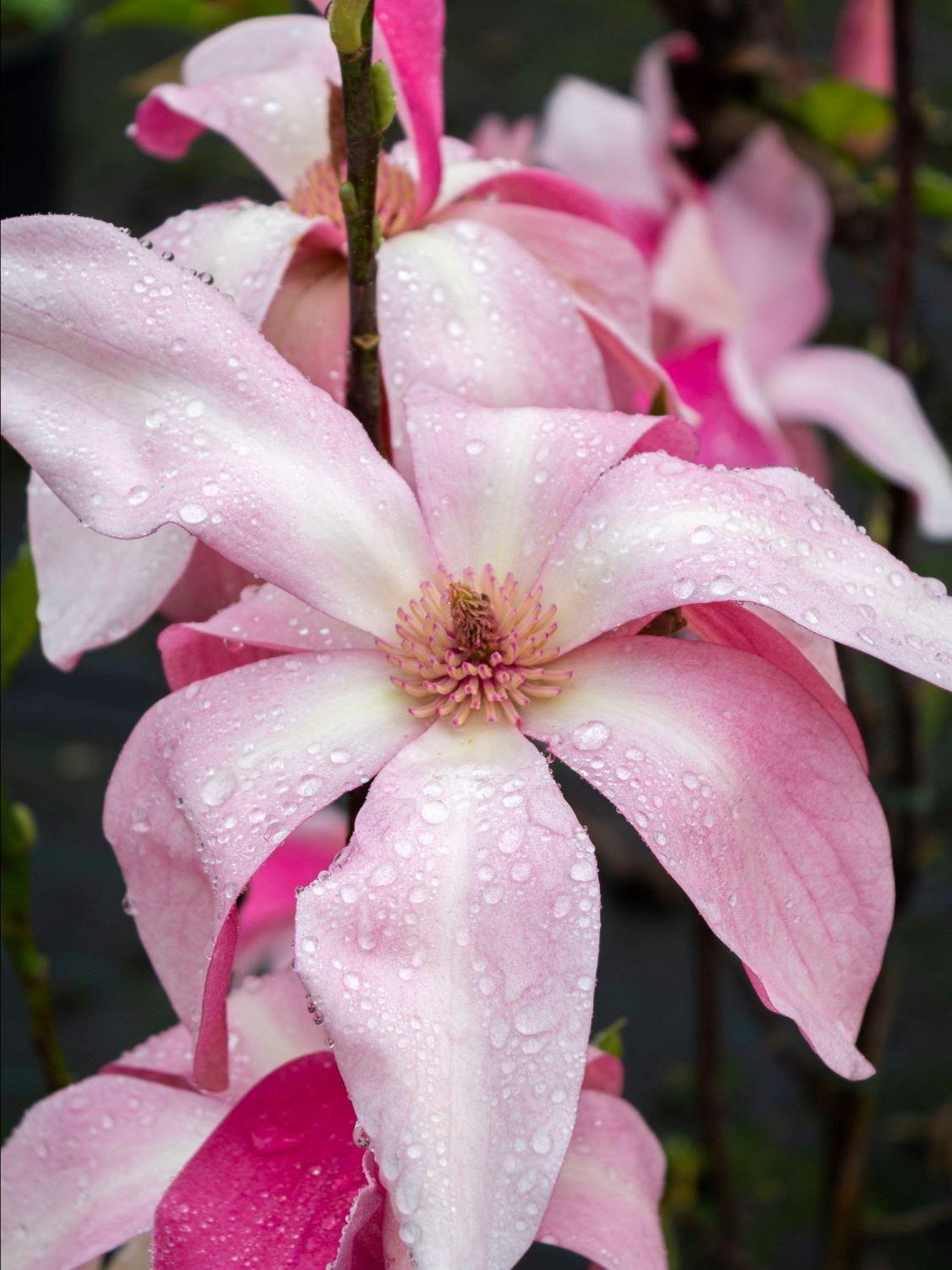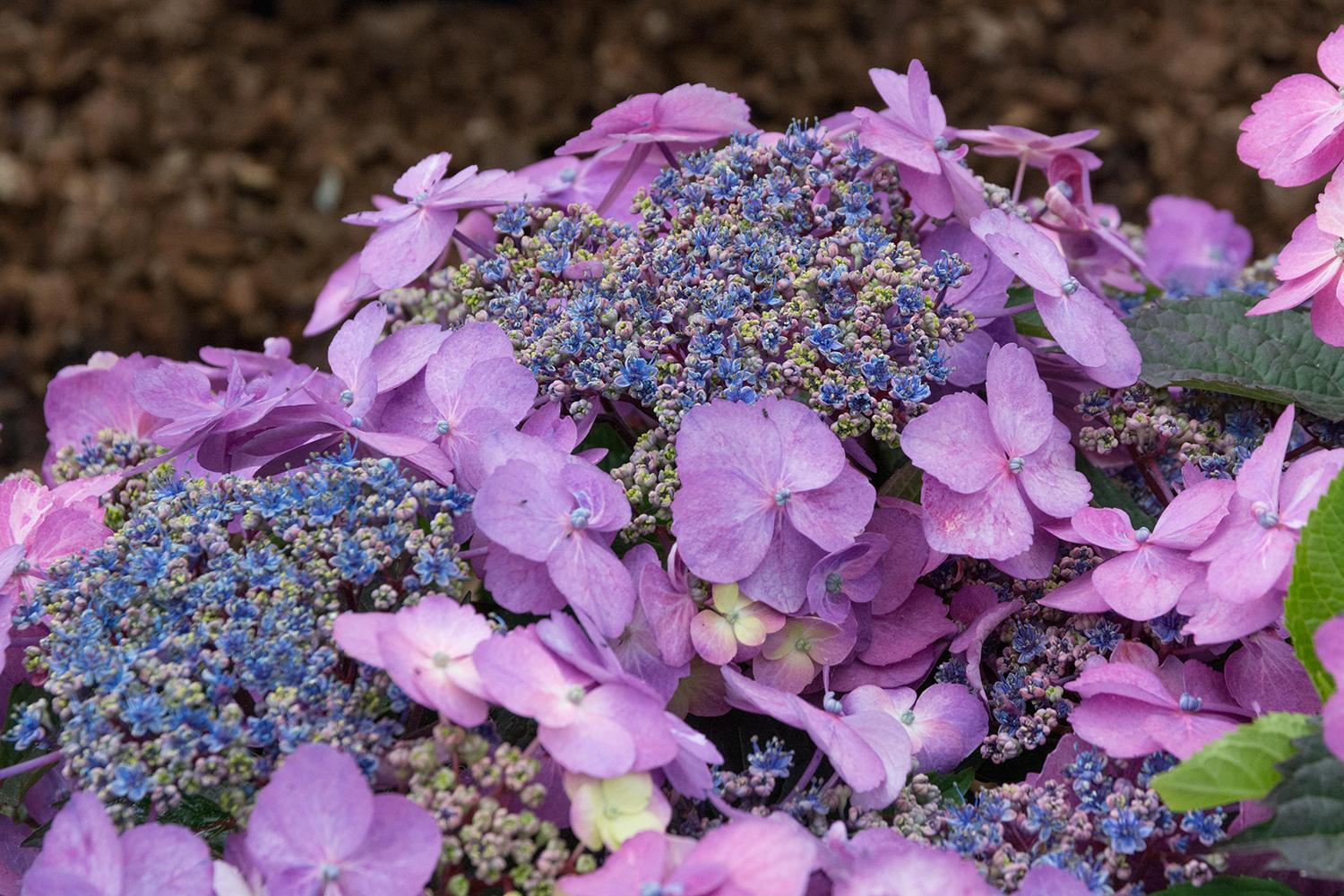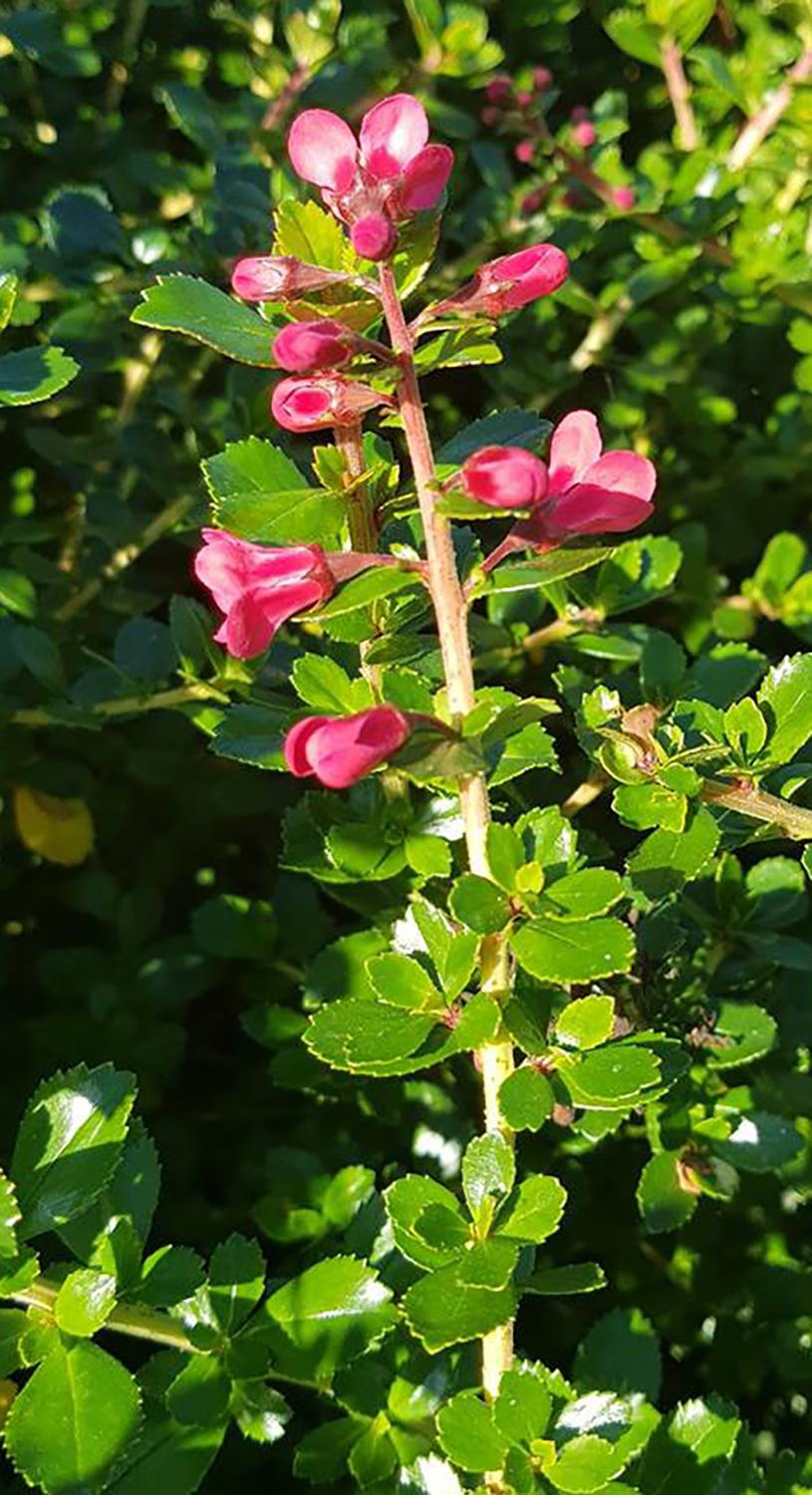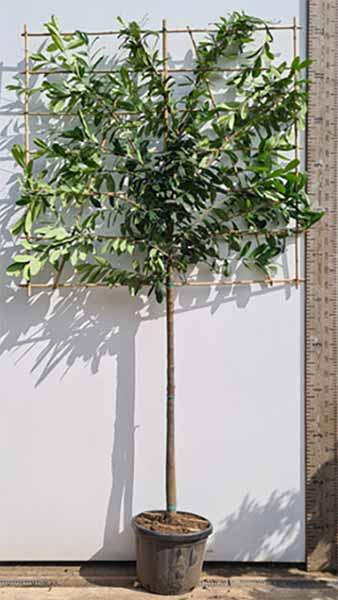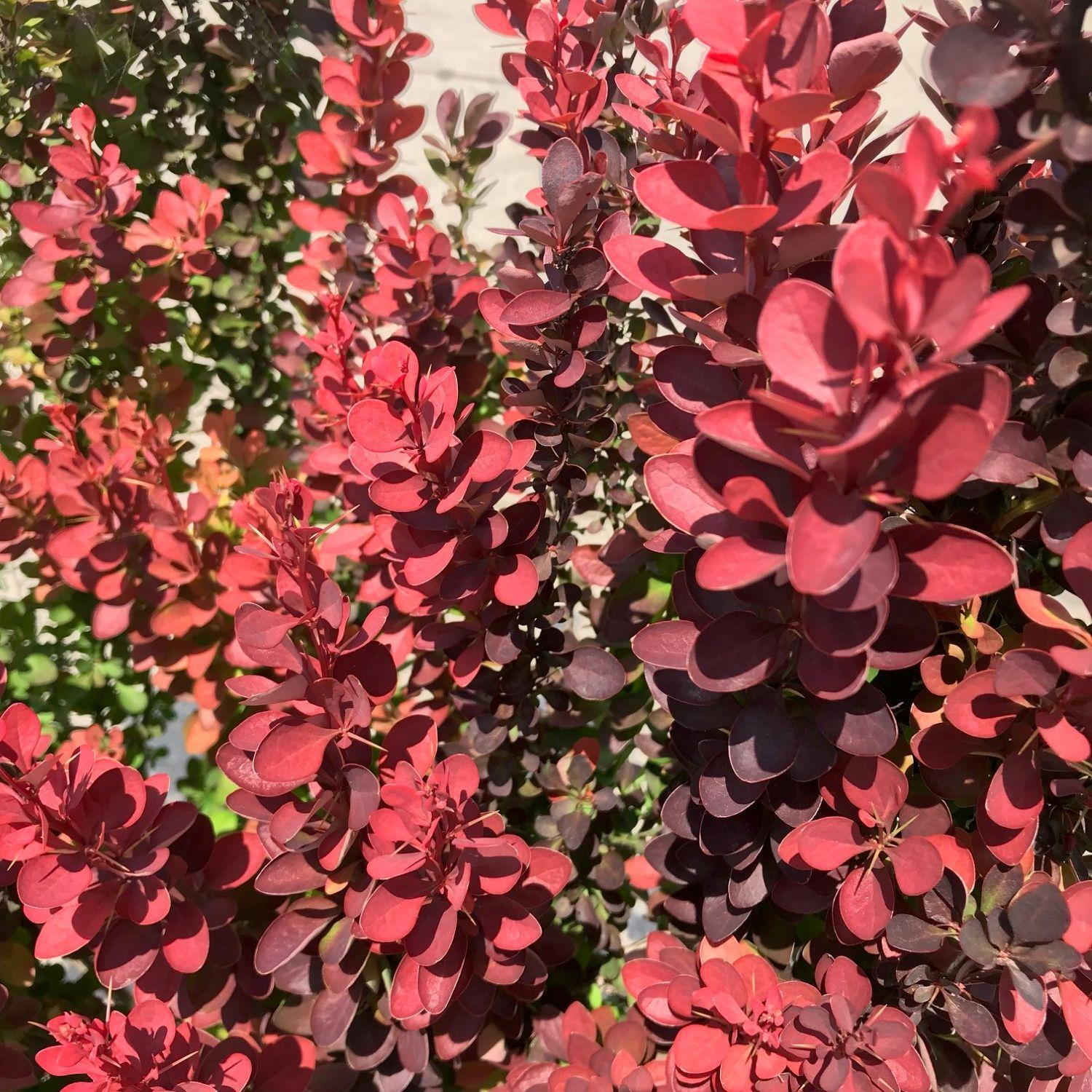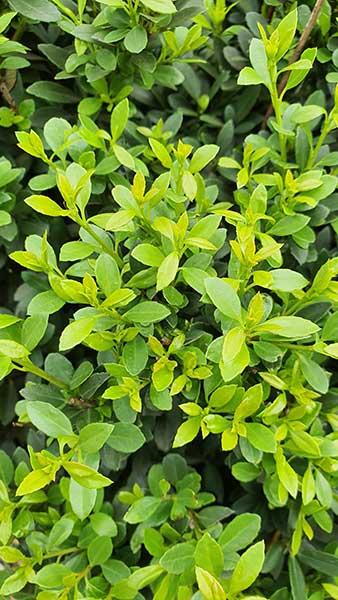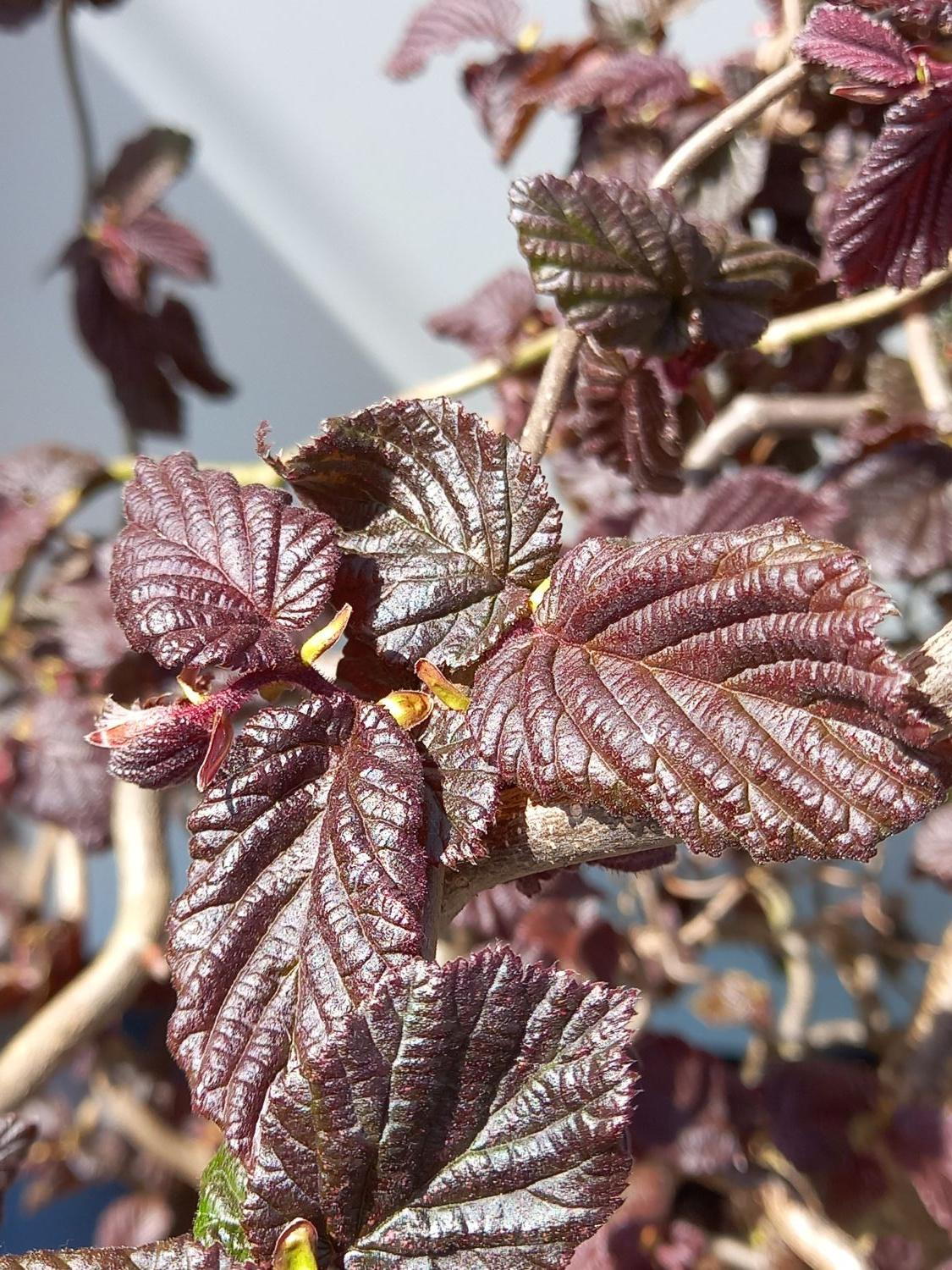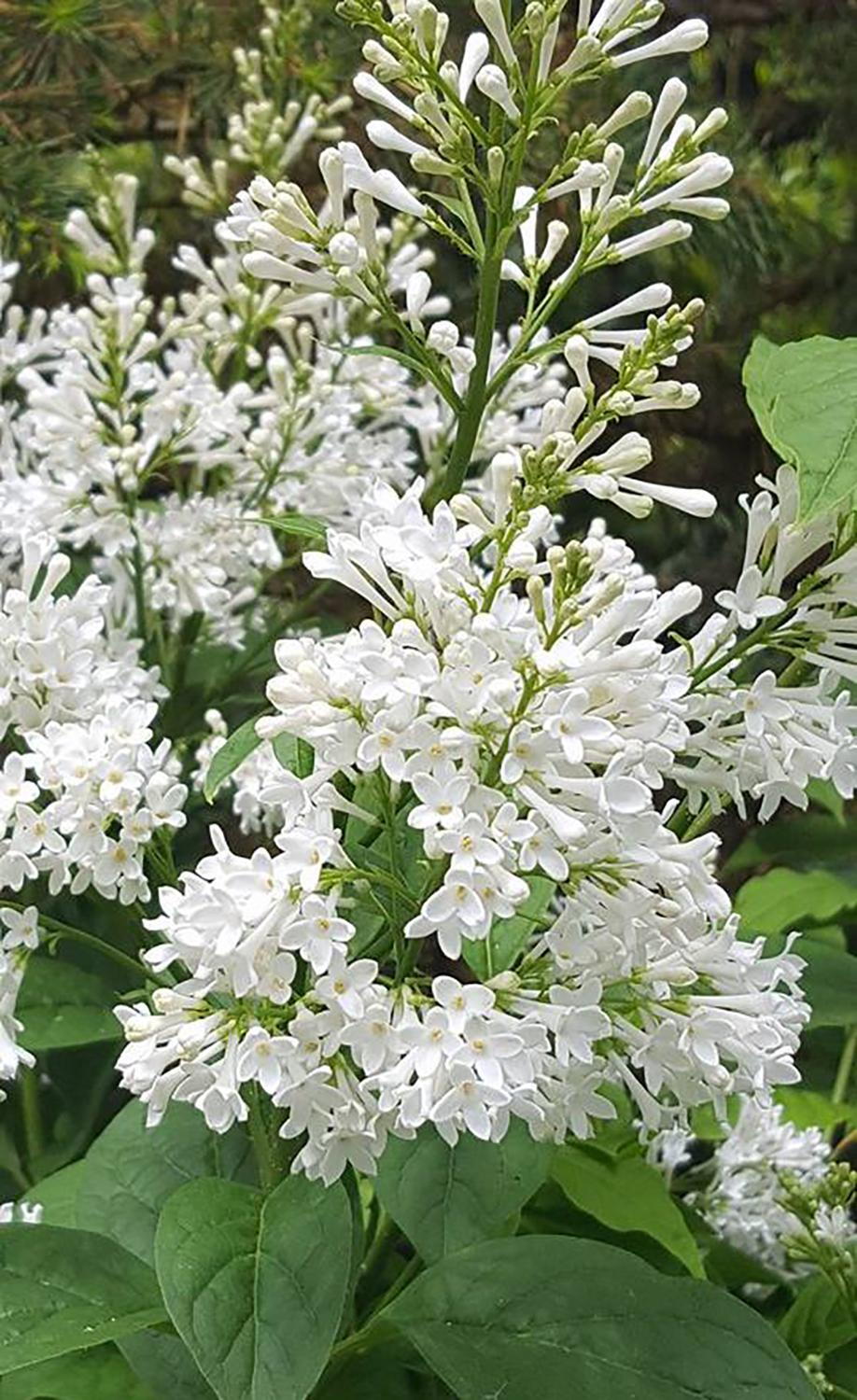Hydrangea Serrata Blueberry Cheesecake for Sale Online UK
Hydrangea Blueberry Cheesecake is a new variety of hydrangea, with a compact shape, dark green foliage that turns red in autumn and spectacular flowers throughout the summer. It is a wonderful addition to gardens large and small. In late spring, the medium green, toothed leaves of Hydrangea Serrata Blueberry Cheesecake are soon joined by the lovely lacecap heads, which will then continue from June to September, giving the gardener an extremely long blooming period! On each flower head, the semi-double and flat purplish-blue outer florets with pale yellow centres surround the smaller pale purple tiny inner florets. These beauties are a natural for use as cut flowers, lasting up to two weeks in the vase, and the dried flowers also are excellent in everlasting arrangements. After the flowers fade, the foliage takes centre stage, turning a bright red in October to add autumn colour to your garden, along with the dried flower heads.Hydrangea Serrata Blueberry Cheesecake is winter-hardy throughout the UK, and will reliably flower every year, even after late frosts. The small shrubs will grow to a mature size of 0.8-1.2 metres. Like all hydrangeas, they benefit from regular pruning. In spring, cut back last year’s flower heads to the first strong pair of buds, and once plants are well-established, cut up to one-third of old stems back to the base for continued vigorous growth and flowering.Hydrangea Blueberry Cheesecake needs an acidic soil ph to maintain its distinctive blue flowers. Replenish as required. Aside from this, expect your Hydrangea Serrata Blueberry Cheesecake to do well in a variety of different planting conditions. It will perform in full sun or partial shade, in well-drained moist humus-rich soil. Tolerant to salt, it is suitable for planting in coastal locations.You do not even need a garden to enjoy the beauty of Hydrangea Serrata Blueberry Cheesecake! This small shrub is a natural for container growing, and its 3-season interest makes it an excellent choice for a balcony or rooftop terrace location, as well as patios. In a small garden its long blooming season and fall foliage makes it a very useful plant. It is an excellent specimen plant against a wall along a walkway. The qualities of Hydrangea Serrata Blueberry Cheesecake make it suitable for a formal urban setting or an informal country cottage garden. Its versatility, hardiness, and 3-season beauty are all reasons why you should choose this hard-working, attractive hydrangea for your garden.
